Indian dance is a vibrant expression of the country’s culture, spirituality, and history. It encompasses a wide range of styles and traditions that have evolved over centuries. Understanding the current environment of Indian dance requires a look at its past, the present challenges and innovations, and what the future may hold.
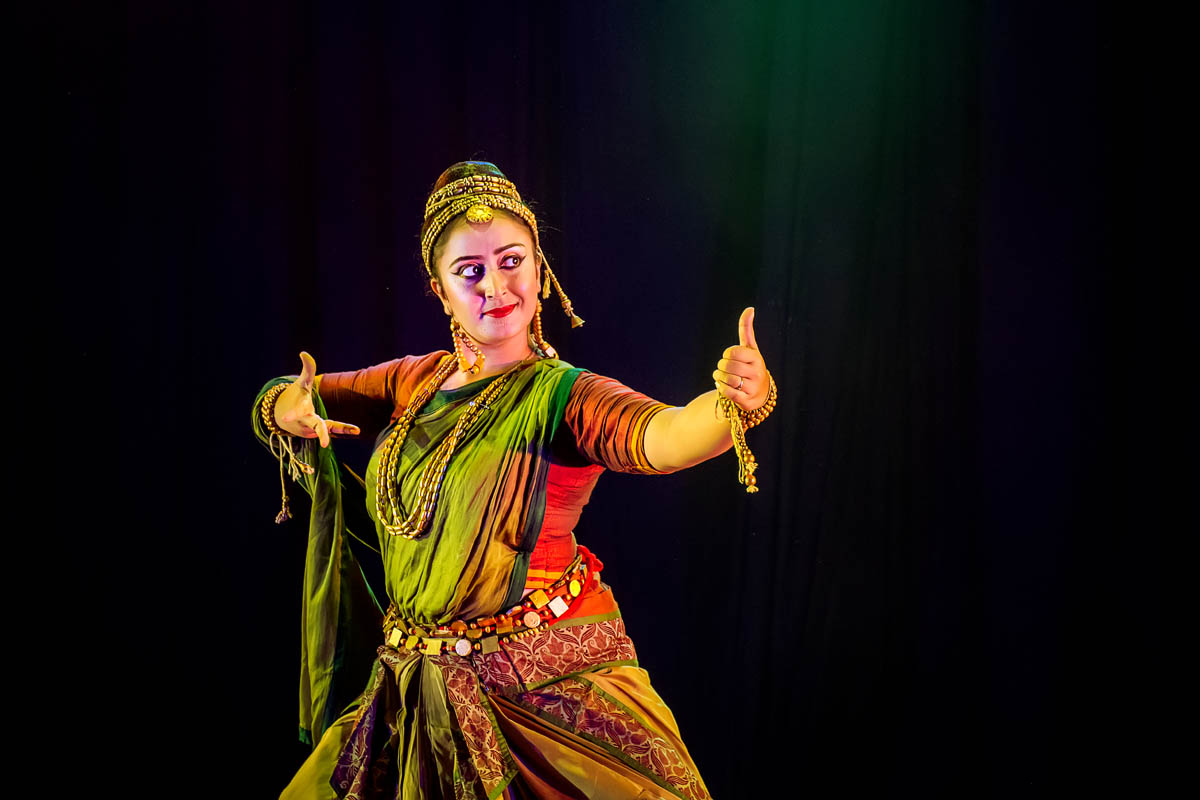
Past: Roots and Traditions
The foundations of Indian dance date back over two thousand years, deeply influenced by spiritual and cultural narratives. Key points to understand include:
- Natya Shastra: This ancient text, written by Bharata Muni, is considered the cornerstone of Indian dance. It outlines the principles of dance, drama, and aesthetics, serving as a guide for classical dance forms.
- Classical Dance Forms: Major styles such as Bharatanatyam, Kathakali, Kathak, Odissi, Kuchipudi, Mohiniyattam, Sattriya and Manipuri each have unique characteristics:
- Bharatanatyam: Originating in Tamil Nadu, it combines storytelling with intricate footwork and facial expressions.
- Kathakali: Originating in Kerala, it combines music, dance, and acting, featuring a unique form of storytelling based on mythological themes where performers convey emotions and narratives through precise movements and vibrant, detailed facial expressions, often accompanied by live musicians.
- Kathak: Known for its graceful spins and narrative style, it reflects a blend of Hindu and Mughal influences.
- Odissi: This form is celebrated for its lyrical movements and sculpturesque poses, often depicting themes of devotion.
- Kuchipudi: Originating from Andhra Pradesh, it incorporates drama and dialogue alongside dance.
- Mohiniyattam: Originating from Kerala, Mohiniyattam often portrays themes of love and devotion, blending intricate footwork with fluid upper body movements and expressive facial expressions.
- Sattriya: Incorporate elements of drama and music, often performed in monasteries (sattras) and featuring traditional costumes, while celebrating themes of devotion, mythology, and the rich cultural heritage of Assam.
- Manipuri: Characterized by its fluidity, it often focuses on themes of love and devotion to Lord Krishna.
- Cultural Significance: Historically, these dances were performed in temples and during festivals, serving as a medium to convey religious and moral stories.
Present: A Contemporary Landscape
Today, Indian dance is at a crossroads, balancing tradition with modern influences. Here are key aspects of the current situation:
Blending Styles: Many contemporary dancers incorporate elements from classical forms into modern choreography. This fusion creates innovative performances that resonate with younger audiences.
Bollywood Influence: Bollywood dance, which combines various styles, has become hugely popular both in India and abroad. Its upbeat nature and accessible choreography attract a wide range of audiences.
Digital Revolution: Social media and streaming platforms have transformed how dance is shared. Artists can showcase their talent globally, engage with fans directly, and participate in viral trends.
Challenges:
Commercialization: As dance becomes more commercialized, there are concerns about losing the cultural and spiritual essence of traditional forms.
Pandemic Impact: COVID-19 disrupted live performances, leading many artists to pivot to online formats. While this expanded reach, it also highlighted economic vulnerabilities in the arts sector.
Cultural Appropriation: The global popularity of Indian dance raises questions about cultural appropriation versus appreciation, necessitating respectful representation of traditional practices.
Future: Survival and Revival
The future of Indian dance is promising, supported by several factors:
Global Interest: Indian dance is gaining recognition on international stages, leading to collaborations that blend cultures. This exposure can inspire new interpretations while honoring tradition.
Educational Opportunities: Dance schools, both traditional and modern, are emerging worldwide. Initiatives like workshops and online classes help train new generations in classical and folk styles.
Innovative Storytelling: Many artists are using dance to address contemporary issues—such as gender equality, climate change, and social justice—making it relevant and engaging for today’s audiences.
Community Engagement: Local festivals and cultural events celebrate folk dances and regional traditions, helping to foster a sense of community and pride in cultural heritage.
Support for Artists: Various organizations are working to provide financial support, training, and platforms for artists, ensuring that they can continue their craft despite challenges.
Documentation and Preservation: Efforts are being made to document traditional practices, ensuring they are passed down to future generations. This includes recording performances, interviews, and research on different dance forms.
Inclusivity: There is a growing movement towards making dance more inclusive, inviting participation from diverse communities and encouraging varied expressions of identity.
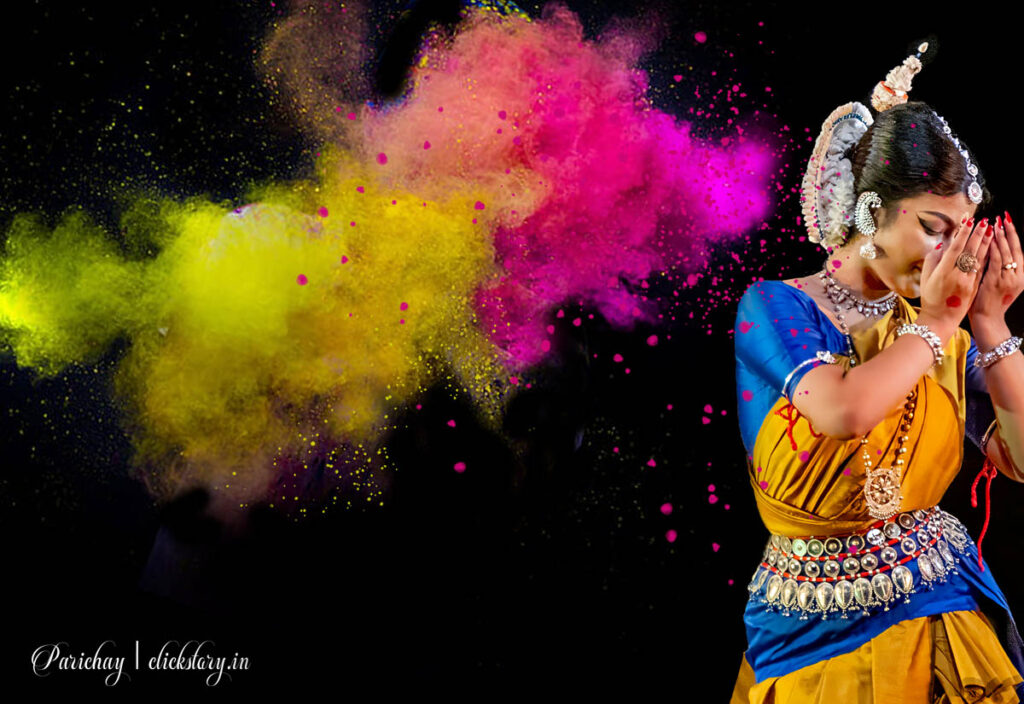
Conclusion
The landscape of Indian dance is dynamic and multifaceted. While it faces challenges, such as commercialization and the need for cultural sensitivity, it also has numerous opportunities for growth and revival. By adapting to modern contexts while honoring its rich traditions, Indian dance is well-positioned to thrive in the future.
As audiences around the world continue to embrace and celebrate Indian dance, its ability to connect people through shared stories and experiences will ensure its relevance and vitality for generations to come. The journey of Indian dance is one of resilience, innovation, and enduring cultural significance.

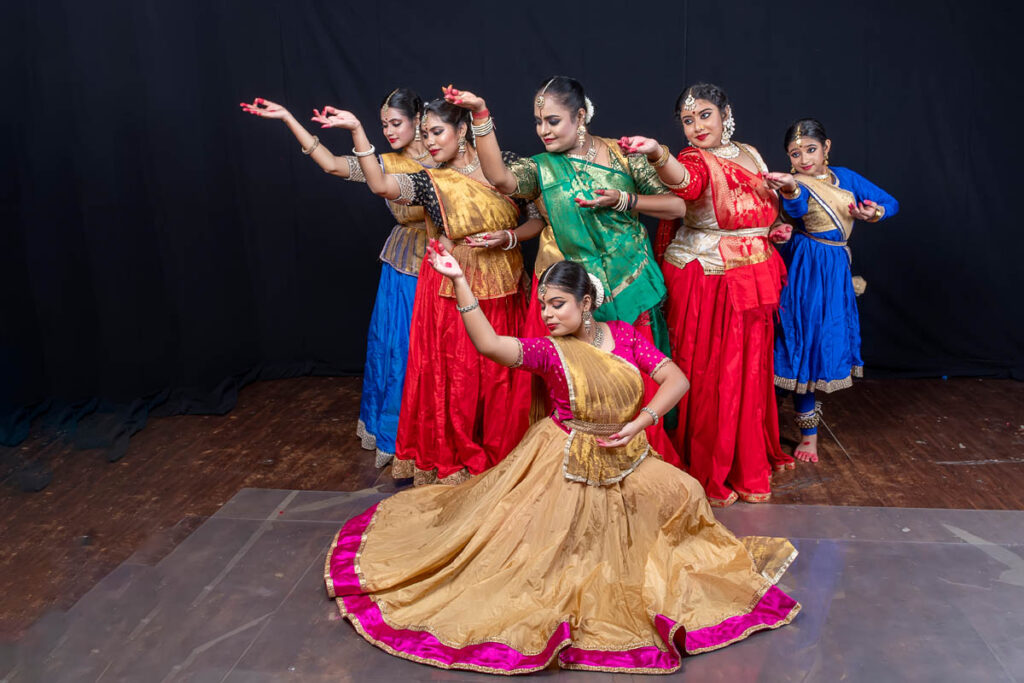
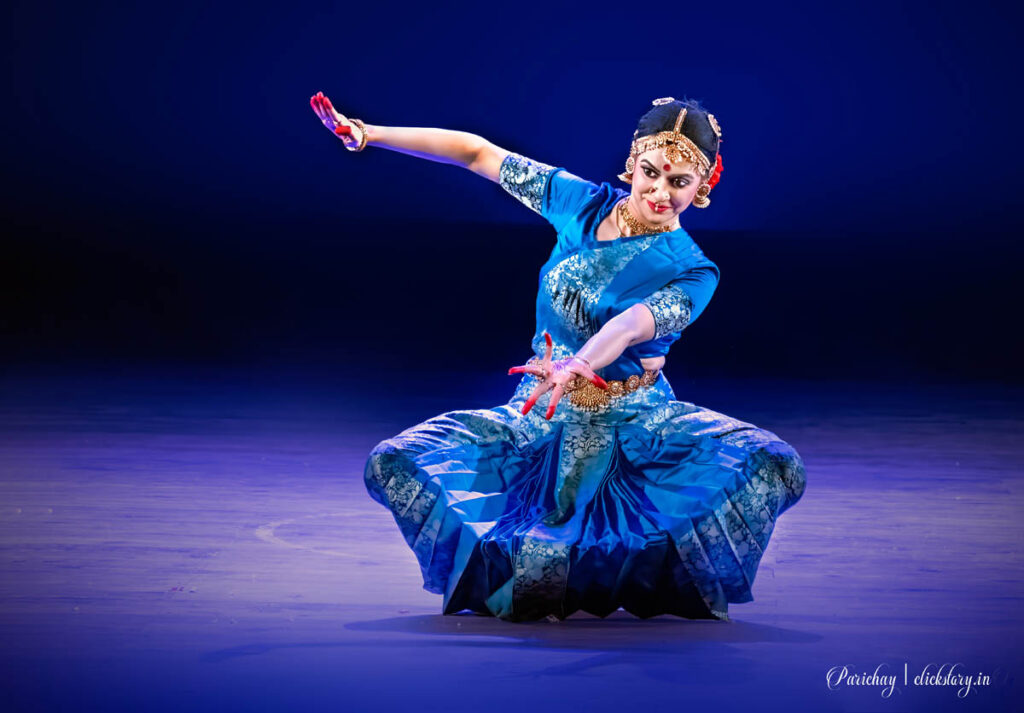
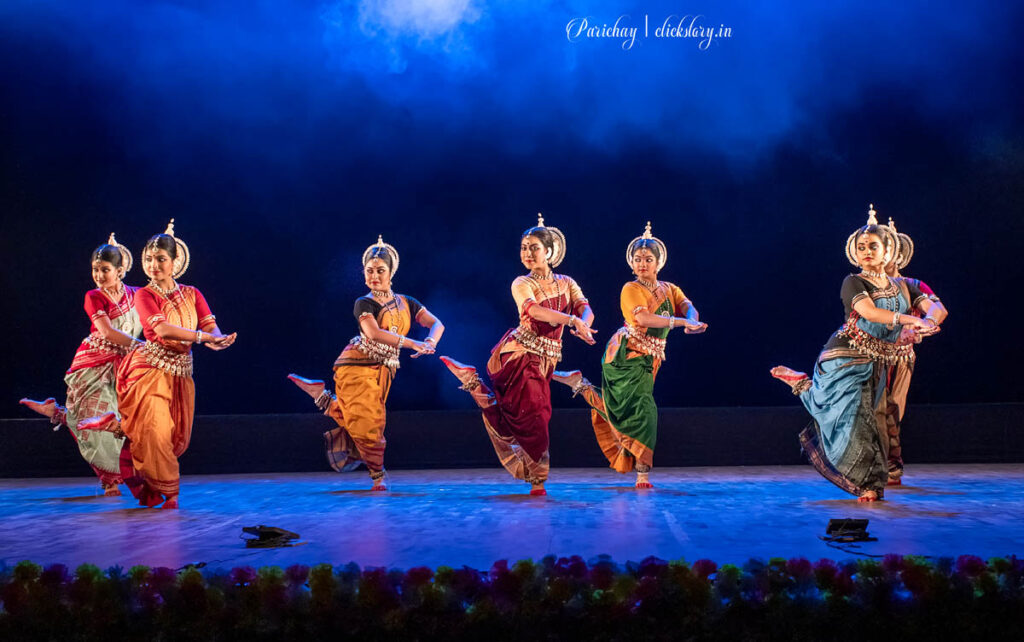
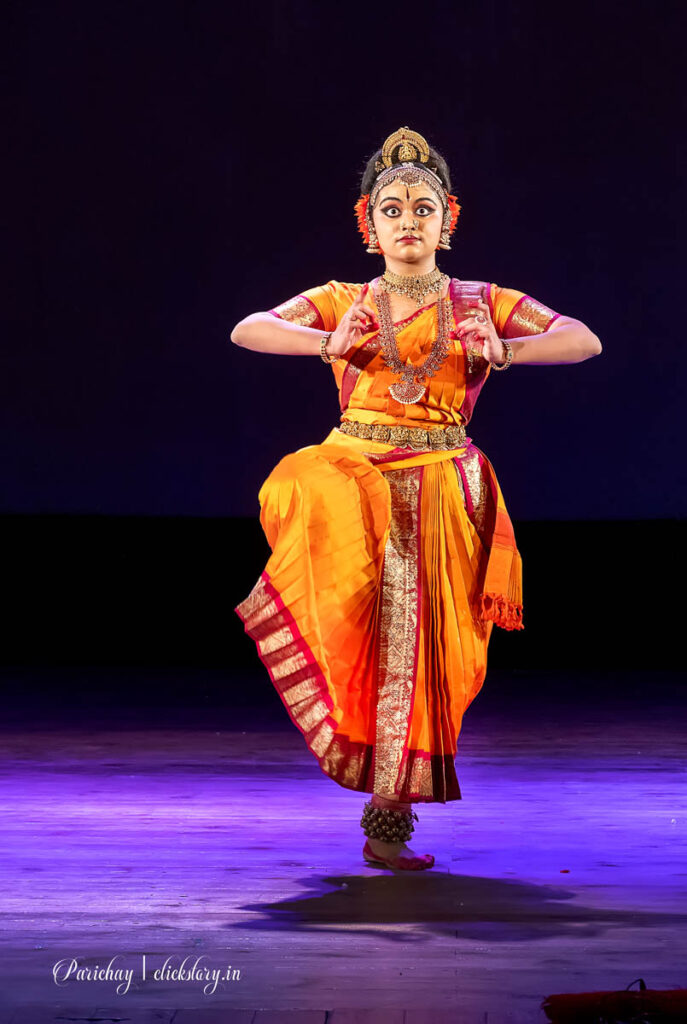
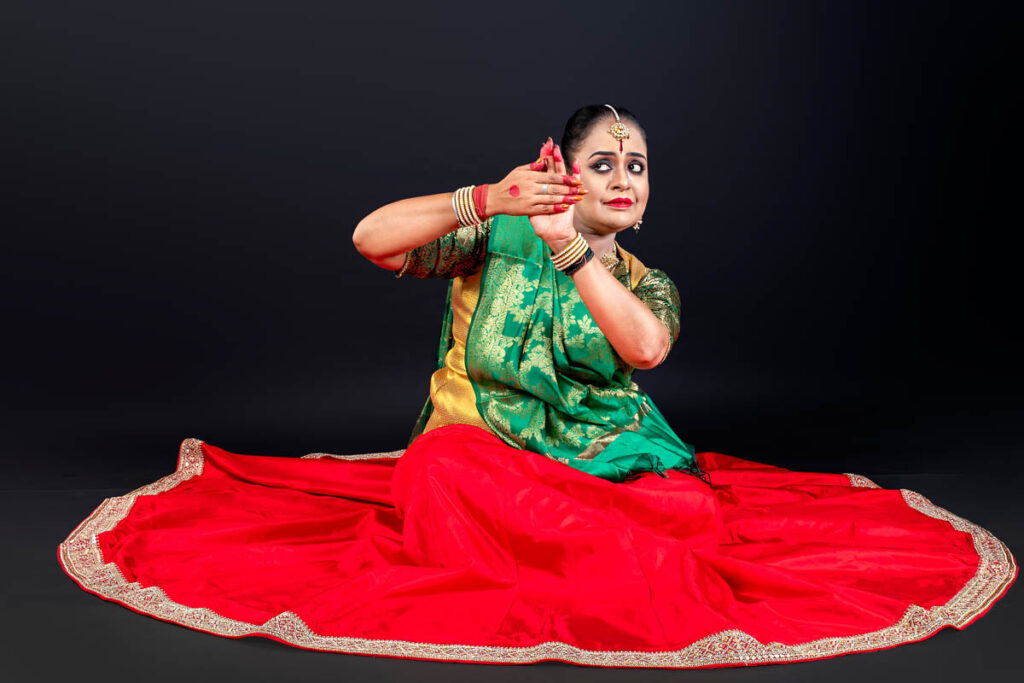




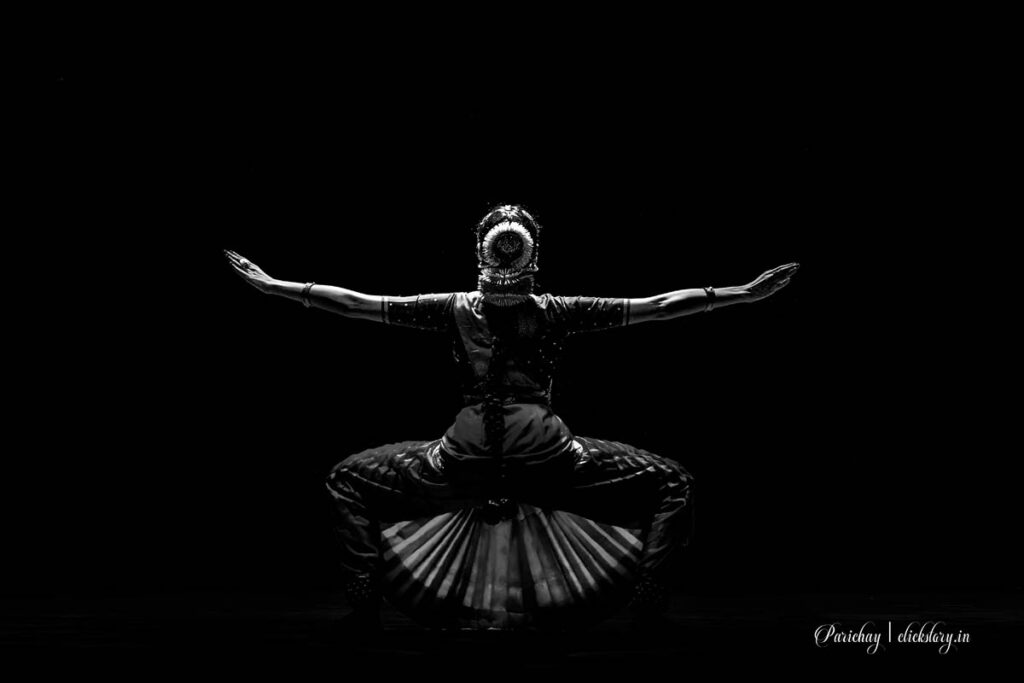
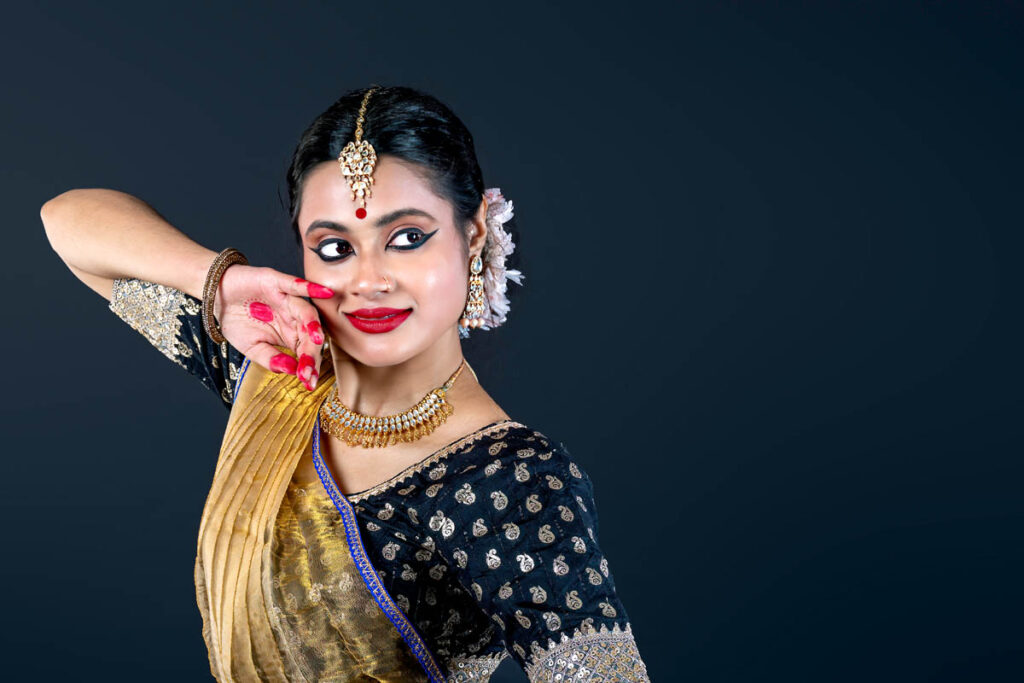
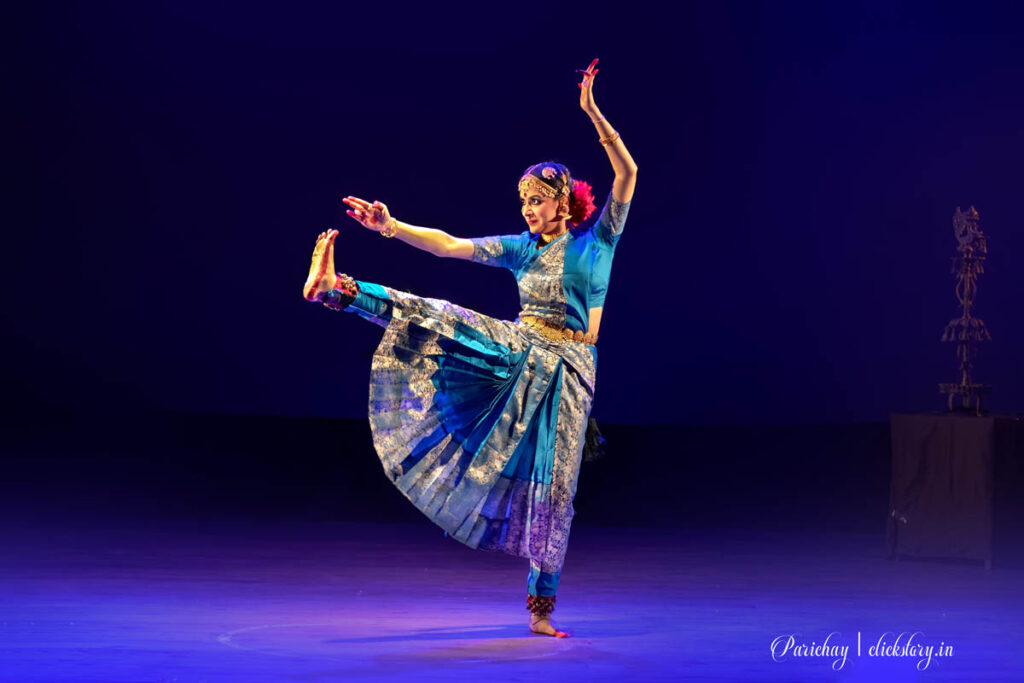
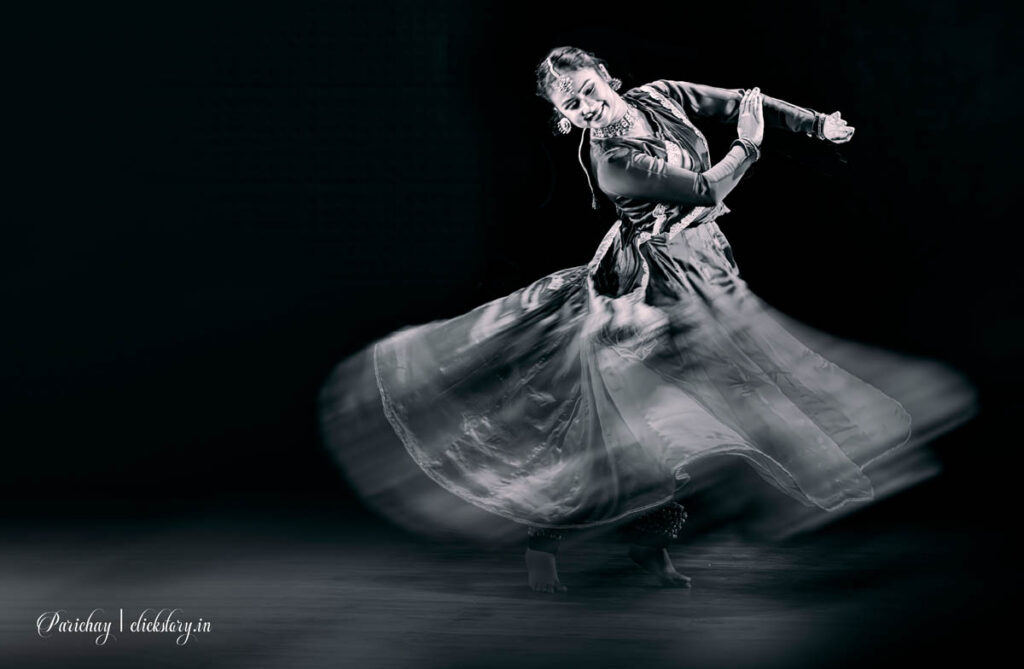
I appreciate your effort.